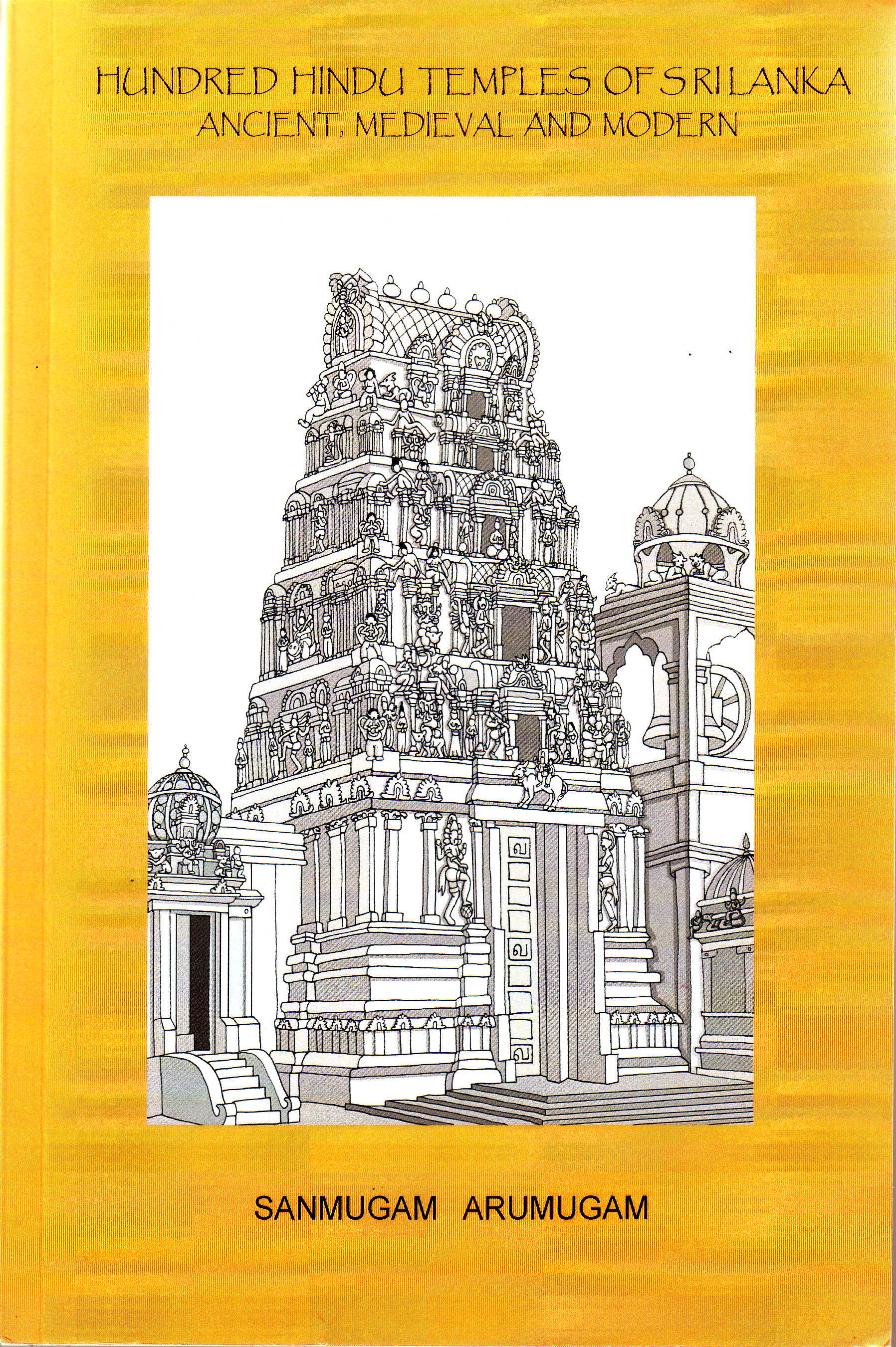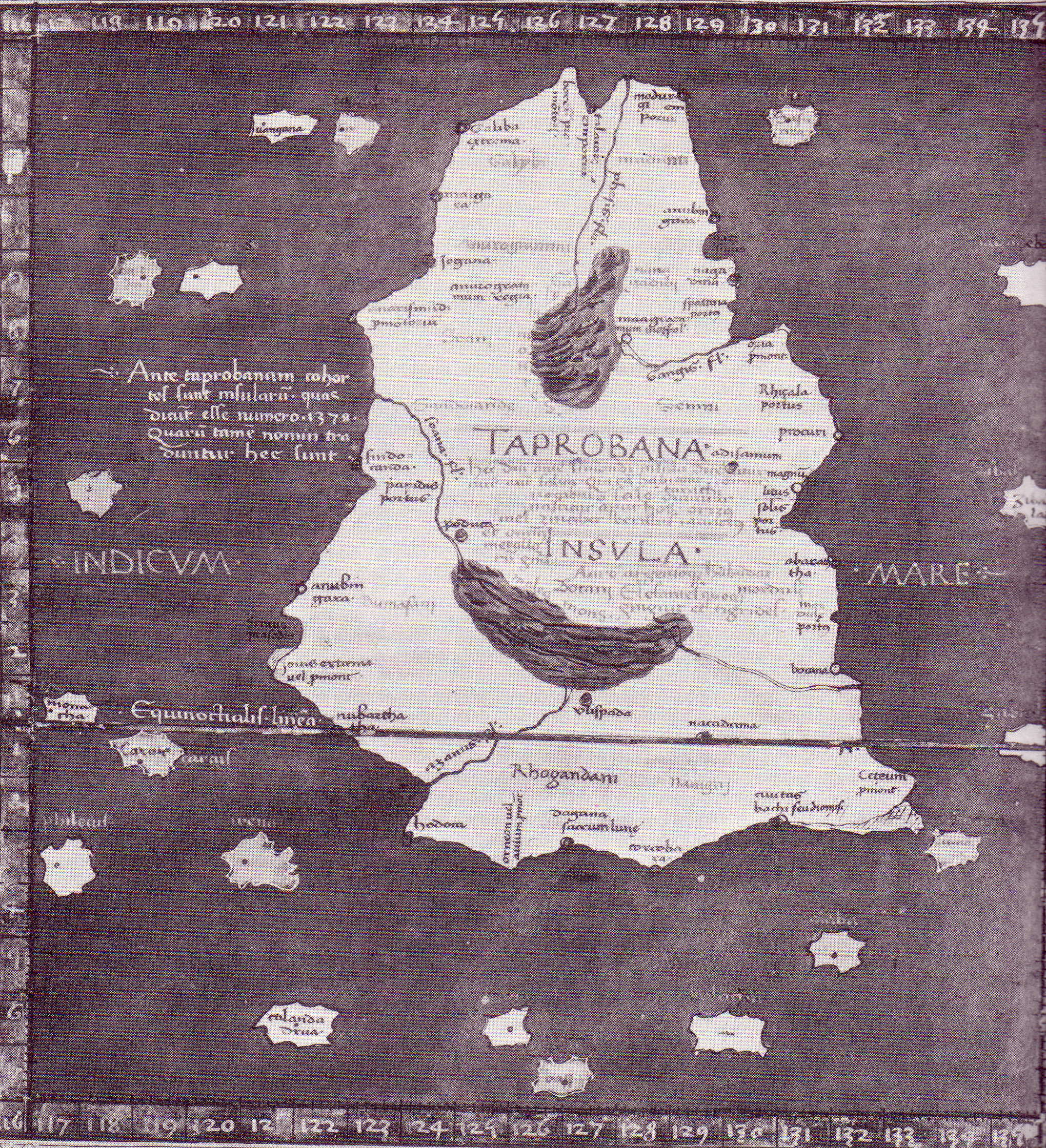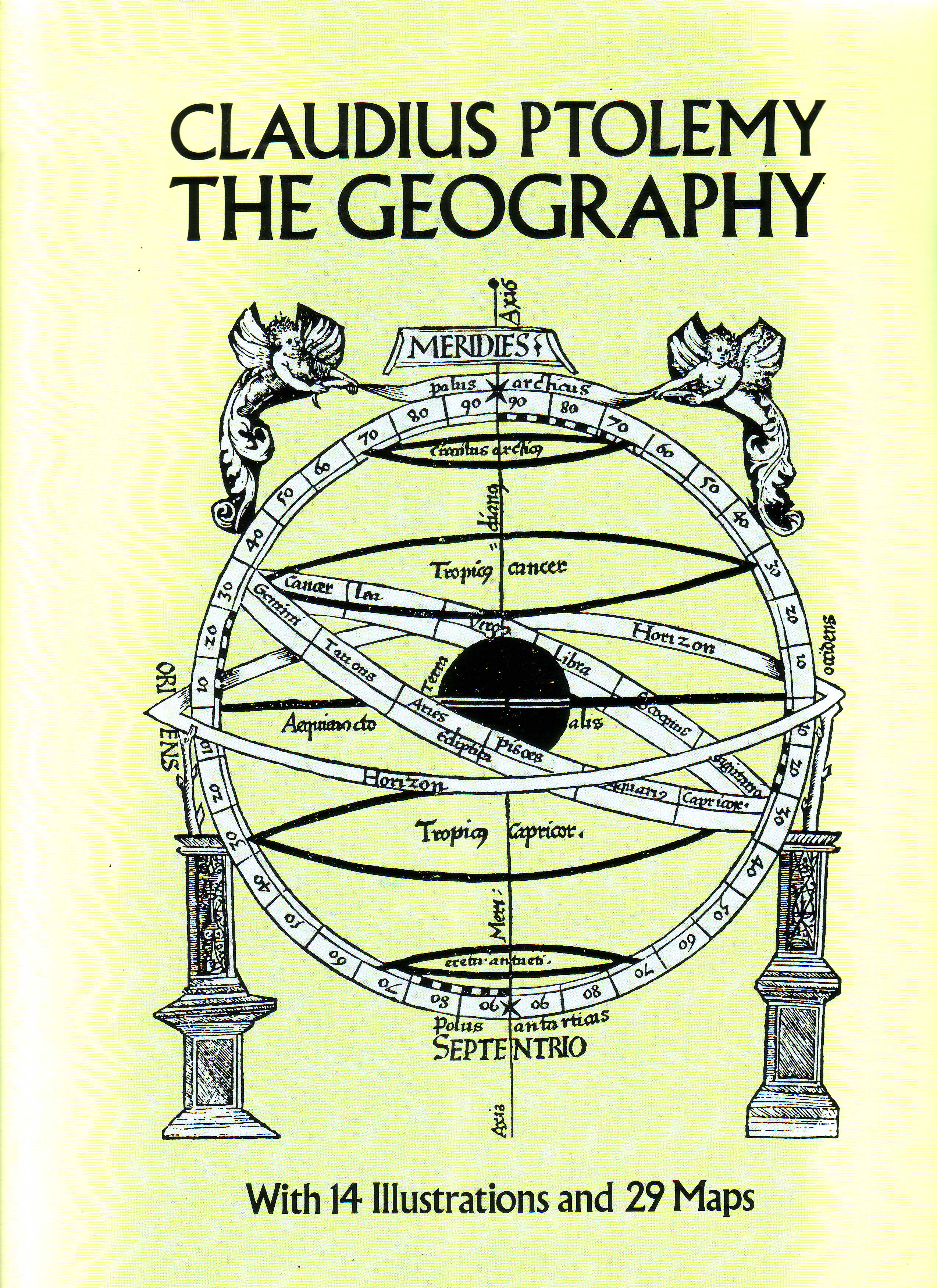by Sachi Sri Kantha, April 4, 2016
Book Review: Hundred Hindu Temples of Sri Lanka – Ancient, Medieval and Modern, by Sanmugam Arumugam (edited by Thirumugam Arumugam), Ohm Books, UK, 2014, 238 pages. ISBN 978-0-9575023-4-5.
 This book is a combined edition of two books, published previously in 1980 and 1991 by civil engineer and Hindu historian Sanmugam Arumugam (1905-2000). The 1980 book was titled, ‘Ancient Hindu Temples of Sri Lanka’ and 1991 book had the title ‘More Hindu Temples of Sri Lanka’. Thirumugam Arumugam, one of author’s son, had brought to light the details offered in these out of print books, in this combined edition. As such, the effort by the editor deserves merit.
This book is a combined edition of two books, published previously in 1980 and 1991 by civil engineer and Hindu historian Sanmugam Arumugam (1905-2000). The 1980 book was titled, ‘Ancient Hindu Temples of Sri Lanka’ and 1991 book had the title ‘More Hindu Temples of Sri Lanka’. Thirumugam Arumugam, one of author’s son, had brought to light the details offered in these out of print books, in this combined edition. As such, the effort by the editor deserves merit.
The described temples are arranged in seven sections, according to the deities.
Section 1: Vinayagar temples
Section 2: Sivan temples
Section 3: Murugan temples
Section 4: Vishnu temples
Section 5: Sakthi temples
Section 6: Other temples
Information on 87 extant Hindu temples, 9 ancient Sivan temples now non-extant as well as passing mention of some additional is presented in the book. In addition, 86 period black and white photos also embellish the book. In one of the photos, author Arumugam is shown with his grandchild near the steed (spirited horse) located at Madampe Aiyanar temple. Aiyanar is the offspring of Lord Shiva and Mohini, according to Hindu scriptures and is considered as the guardian deity of agriculture.
In 2012, I had briefly profiled the career of author Arumugam in this website www.sangam.org/2012/08/Sanmugam_Arumugam.php?uid=4814. In the introductory paragraph, I had written as follows: “Arumugam’s given name means ‘six faces’ (Aru= six, Mugam=face), which refers to one of Lord Murruga’s facial attribute. It is a very popular name for Hindu men. Very rarely one’s name befits the personality. But for Arumugam, his name and personality fitted handsomely. He seems to have been blessed with six faces..”
This book is a good example and reflects the six projections of author’s career. These are, (1) as a civil engineer, (2) as a historian of Hinduism, (3) as a chronicler of Tamil traditions, (4) as a folklorist, (5) as a memoirist and collector, and (6) as a photographer. I offer some selected excerpts from the book, to illustrate author’s multiple interests.
As an Engineer: “It was during the days when the Jaffna-Kandy roadway was under construction. The British engineers traced the roadway (from Kandy) to link up with the existing Jaffna-Mullaitivu roadway at Yakkachchi – these sharp turn there reminds any one of it. To the Overseer (contractor) from Point Pedro who was doing the road construction, finding water was his problem His labourers toiled hard in pushing the water-cart, all the way to old Murikandy where some water remained even in the dry season. The task was ardous and the toil heavy and even in the Murikandy swamp, water was fast drying up….he received divine directions that he should first attend to the obsequies of a mendicant lying dead in the jungle at old Murikandy… [on the origin of Murikandy Pillaiyar shrine, Murikandy]. Furthermore, Arumugam also had recorded, “Going on the usual saying that in the Vanni, a tank means a village, and a village means a tank (and if the tank breaches the village migrates), we scanned the neighbourhood for any abandoned tank, the restoration of which would enable the building up of a village at Murikandy (near the 151 mile post). Incidentally it would enable regular puja ceremonies at the shrine by boosting its income, without having to depend on contributions from passersby, which was seasonal.” [on, Appal Ahanra Anaimuganin Atputham, Murikandy].
 As a historian of Hinduism: “History tells us that Kankesanthurai was once known as Gayaturai, in the ancient days. It was then the sea port where pilgrims embarked for travel to Gaya. It saw the celebrated landing of Kankeyan, the Skanda vikraham of immortal fame for installation at th e new temple Marutha Pira Valli had completed in the ninth century. With that, it came to be referred to as Kankesanthurai” [on, Kasathurai Ananda Pillaiyar temple, Kankesanthurai].
As a historian of Hinduism: “History tells us that Kankesanthurai was once known as Gayaturai, in the ancient days. It was then the sea port where pilgrims embarked for travel to Gaya. It saw the celebrated landing of Kankeyan, the Skanda vikraham of immortal fame for installation at th e new temple Marutha Pira Valli had completed in the ninth century. With that, it came to be referred to as Kankesanthurai” [on, Kasathurai Ananda Pillaiyar temple, Kankesanthurai].
“The temple is believed to have been destroyed along with several other Hindu temples when the Kingdom of Jaffna fell into the hands of the Portuguese in 1621” [on Veiyul Ukanda Pillaiyar Pillaiyar temple, Nallur, Jaffna].
“The temple flourished due to the munificence of King Parakrama Bahu VI (1412-1467) who gifted several villages and paddy lands. The reputed wealth of the temple attracted the greed of the Portuguese invaders who destroyed and razed it to the ground in the year 1578” [on Muneswaram temple, Chilaw].
As a chronicler of Tamil literary traditions: “An ‘anthathy’ is a form of poetic composition in which each verse commences with the word at the end of the previous verse. The ‘antham’ provides the cue for the ‘athi’ of the next. It is usually used in composing garlands of verses in praise of a divine. In the Kalvalai Anthathy, the poet [Nallur Sinnathamby Pulavar] describes how Katpaha vinayaka murthi is majestically installed at Kalvalai, amidst groves of trees and ‘thallai’ in which are found conches….We do not of course find anything so impressive when we go to the temple today…” [on Kalvalai Pillaiyar temple, Sandilipay, Jaffna].
As a folklorist: “Built during the era of Kings of Jaffna, the small Vinayakar temple existed before the Portuguese period. Tradition has it that when the Portuguese demolition party (several Hindu temples were broken down at that time) approached this temple, they were attacked by a flock of crows resulting in their leader losing his eyesight. This divine intervention had won for the deity of the temple, the name of Kannai Koththy Kaththa Pillaiyar (the Pillaiyar who caused the crows to peck the eye), by which name He is referred to even today.” [on Paralai Iswara Vinayakar temple, Chulipuram, Jaffna].
“How the location got its name Oddichuddan (meaning where Kurakkan stumps were burnt) is in interesting story. [Note by reviewer: Kurakkan in Tamil language is cereal millet, Eleusine coracana] Once a pioneer colonist from Iddai Kadu, in the Jaffna peninsula, named Veerapathirar cleared jungle and settled down here. Noticing that kurakkan stumps around a particular konral tree does not burn, he and others improvised a Vinayaka shrine there and it was in cloase proximity to this that Linga Murthy did reveal himself to the cultivator…” [on Than Thonriya Iswaran temple, Oddichuddan, Mullaitivu].
“The story is narrated locally, how a Portuguese party who arrived there to demolish the temple were unable to withstand the sting of wasps, and had to flee leaving behind their swords, spears and guns, which remain there today.” [on Mandur Kandaswamy temple, Batticaloa].
As a Memoirist and collector: As a memoirist Arumugam excels splendidly. Here are some excerpts:
“Nallur is my birth place and all my early years were spent in and around this temple. The temple and its festivals hold a commanding influence on me. Along with others we were a band of youths who spent days attending to the various chores needed for a temple to function, all of which are now attended to by paid employees…” [on Nallur Kandaswamy temple, Jaffna].
“During my young days, when I was studying at St. Thomas’ College, I was a regular devotee of this temple from 1920 onwards. Residing in the neighborhood, I used to spend long hours watching the South Indian craftsmen chisel and carve out fine elaborate shapes and figures, in granite, that form the Sivan temple erected by Sir P. Ramanathan at Korteboam Street, Kochchikade…” [on Ponnambalavaneswarar temple, Colombo].
“I was a frequent traveler on the Kandy-Jaffna road during the years 1949-50, as my residence was at Vavuniya. At the Murikandy stopping place, near the 151 M.P.[mile post] there were only the thatched shrine, one well and one poor tagaram [tin] shed which served as a tea boutique run by one Arumugam. Those days there was not much road traffic. The well, which no doubt was the gift of the gods in years gone by, had like the legendary Annapoorani (or Bhahiravan), served the needs of the Murikandy shrine, the needs of the tea boutique, the labourers living in the labour lines, the travelers who stop for their ablutions (It was a notion of mine that many stopped there more for the water, washing and tea, than for dharshan of Vinayaka Moorthy) and on Fridays the devotees who come there for Pongal ceremonies…” [on Appal Ahanra Anaimuganin Atputham, Murikandy].
“I became a devotee of this temple in 1949, when I accompanied M.S. Thiruvilangam who was a Managing Trustee; he used to hold bajanai recitals in the temple. Upon his demise, I was entrusted with his place in the management in 1954 but soon gave it up as I was not equal to the task, then. However, I shouldered this sacred task, later in 1962…” [on Sivasubramaniya Swamy Kovil, Slave Island, Colombo].
As I had my primary schooling in Mullaitivu, Mankulam and Point Pedro, among the one hundred-odd temples described in this book, quite a few are familiar to me because I had visited these with my grandparents and parents in 1950s. Thus, the introductions author had offered to (1) Than Thonriya Iswaran temple, Oddichuddan, Mullaitivu, (2) Vaththapalai Kannakai Amman Kovil, Mullaitivu, (3) Sivan Kovil ruins at Kachchilamadu, and (4) Vallipura Alvar Kovil, Puloly, Point Pedro kindled my childhood memories. Unfortunately, temples which were of influence in my teenage days (Wellawatte Sammankodu Pillaiyar Kovil, New Kathiresan Kovil at Bambalapitiya, Colombo) as well as in my twenties (Kurinji Kumaran temple, University of Peradeniya) have been excluded in this book.
Two specific omissions (one minor and other major) in the book deserve notice too. First, I mention the minor omission. Citations to the previously published studies in one’s own work distinguishes an academic from a journalist. In this respect, Arumugam proves himself as a scholar. While he dutifully cites the works of previous authors who had published on Hinduism in Ceylon (Mudaliyar C. Rasanayagam, M.D. Raghavan, C.S. Navaratnam, C. Sivaratnam and S. Padmanathan), I find that the work of Rev. James Cartman had gone uncited for unknown reasons. Rev. James Cartman authored a book entitled Hinduism in Ceylon (200 pages, 1957) and included data on quite a number of Hindu temples, influence of Hinduism in the pre-Buddhist period of the island and observations on some notable temple rituals (fire walking, animal sacrifice and deva dasi practice). In the 20th century, animal sacrifice and deva dasi practice had gone out of vogue.
 What I consider a major omission relates to the Adam’s Peak, which in Tamil is known as Sivan OLi Pada Malai (Mountain of Siva’s Light Foot; Oli= light, malai= mountain). Adam’s Peak has been a place of veneration for Hindus for two millennia or more. It receives mention in Claudius Ptolomey’s (c. 100 – 170 AD) 2nd century map of Taprobana Insula, as Olis Pada or Ulis Pada, which itself is a corruption of Tamil word Sivan Oli Pada. In his map, Ptolomey had erroneously placed the Equator line traversing Taprobana. See his map, presented nearby. OLispada is indicated above the Equator line, in the center of Taprobana island.
What I consider a major omission relates to the Adam’s Peak, which in Tamil is known as Sivan OLi Pada Malai (Mountain of Siva’s Light Foot; Oli= light, malai= mountain). Adam’s Peak has been a place of veneration for Hindus for two millennia or more. It receives mention in Claudius Ptolomey’s (c. 100 – 170 AD) 2nd century map of Taprobana Insula, as Olis Pada or Ulis Pada, which itself is a corruption of Tamil word Sivan Oli Pada. In his map, Ptolomey had erroneously placed the Equator line traversing Taprobana. See his map, presented nearby. OLispada is indicated above the Equator line, in the center of Taprobana island.
Sir Pon. Arunachalam, in his 1906 book ‘Sketches of Ceylon History’ records the following about Adam’s Peak. “The orthodox Buddhist believes that every one of the four Buddhas of the present cycle, from Kakusanda to Gautama, visited Ceylon and instructed its inhabitants, and that Gautama Buddha left on Adam’s Peak his foot print as an undying memorial of his third and last visit. The Hindus claim the foot print as that of Siva, whose shrine was probably established there or revived by Samana or Lakshmana, one of the heroes of the Ramayana and the reputed guardian of the peak. From him it was called Sumana-kuta even prior to the visit of the second Buddha, and is still called Samanala by the Sinhalese. The Mohammedans, continuing a tradition inherited from some of the early Christians, are equally positive that the foot print is that of Adam, and that Ceylon was the cradle of the human race, the Elysium provided for Adam and Eve to console them for the loss of Eden.”
Adam’s Peak is mentioned in Mahavamsa chronicle (written by monk Mahanama Thera, during the reign of his nephew, King Dhatusena, 463-479 AD, in Pali verse) only three times. In all three occasions (ch. I, verse 33; ch. I, verse 78 and ch.VII, verse 67), it is mentioned as Sumanakuta mountain, and not as Sri Pada (now popular Sinhalese name). Two simple facts that chronologically Ptolomey precedes Mahanama Thera by three centuries and that he had indexed the Adam’s Peak as Oli Pada (derived from the Tamil word Sivan Oli Pada, still in vogue among Tamils, after 1,850 years and counting) in his Tabrobana map indicates the historical antiquity of this mountain as one of ancient places of worship for Hindus.
Despite some demerits, I recommend this book for Hindus as well as non-Hindus equally. It serves as a good primer for Tamil children growing up in the diaspora and deserves a place in the shelves of community libraries maintained by cultural organizations.
Sources
- Arunachalam: Sketches of Ceylon History, Asian Educational Services, New Delhi, 2nd ed., 2004 (orig. published, in Colombo, 1906).
Rev. James Cartman: Hinduism in Ceylon, M.D. Gunasena & Co, Colombo, 1957.
C.A. Gunawardena: Encyclopedia of Sri Lanka, 2nd revised ed., New Dawn Press, Elgin, IL, 2005.
The Mahavamsa or The Great Chronicle of Ceylon, translated by Wilhelm Geiger, and from the German into English by Mabel Haynes Bode, Asian Educational Services, New Delhi, 2006 (orig. published 1912).
Nandadeva Wijesekera: The Sinhalese, M.D. Gunasena & Co, Colombo, 1990.